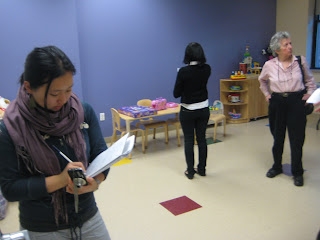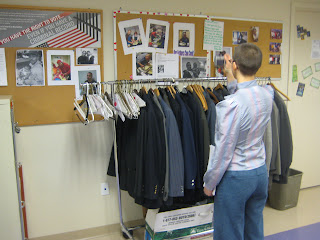Following the cultural hunt in Long Island City, Queens on an early Wednesday morning, I left feeling rather perplexed about the complex situation of the area. Much of what I saw, made me question how things had come to be, historically, socially and logistically. There seemed to be such stark contrasts in all aspects of the site.
After some reflection, I decided to research the lack of urban planning of the area and the consequent social dichotomy. First and foremost, there was a saturation of research linking poor urban planning and urban decay to an endless list of social costs, including lower living standards and crime. Much of this research is rooted in the field of environmental psychology. The United Nations reports that a global trend shows that “there is increasing evidence that poor planning, design and management of the urban environment puts citizens at risk of death, injury and loss of property.” Furthermore, “it has been estimated that 10 to 15 percent of crimes have environmental design and management components.” Thus, this brings to mind, the extent to which newly freed inmates, who are dropped off in the midst of Long Island City, stand a chance of keeping out of trouble. Not to mention, the prison environment is not exactly one in which, one can recoup comfortably.
An article that I found in the New York Times, tells the journey of the ex-inmates’ first moments of freedom at the drop-off point in Queens Plaza. The article entitled “Life on Freedom Street” tells a story, which is almost a paradox to the term freedom; at once, they are welcomed by “merchants peddling goods both legal and illegal,” “temptations,” and other features that leave them nothing but vulnerable to the possibility of re-incarceration. Furthermore, the physical environment itself is not one that suggests a clean slate in life. At first glance, the bus off-loaders find themselves in the shadows of “an iron canopy, rusting above a slick of donut shops and strip clubs,”
Ultimately, the new taste of freedom is quickly filled with risk and unkind opportunity.
Not only is this an experience associated with those more vulnerable to a life in crime. Even the average, not formally incarcerated civilians of the area have concerns. In a letter to the editor of The Queens Gazette paper, local Megan Dees advocates for a revival of the city through urban planning. She describes the area to be “blighted and dangerous” and expresses her concerns about the lack of desire of the neighborhood. “A pedestrian must have a reason to cross the plaza. There is none right now. You can get a donut and a lap dance on both the north and south sides of the plaza. This is a menacing place.”
In all, these stories and descriptions, have left me to wonder how newly freed inmates could possibly fare in such an environment where they are left to fend through all the temptations, despite a psychological vulnerability. Thus, it relates to the Fortune Society and its services because as we move forward in service design for the Fortune, we must consider that the walls within the society are isolated and contrasted to the habitat the clients will spend their daily routines in. It is essential to understand how to help them not only when they are within the walls of the Fortune Society but also as they face the persuasions of the environment outside. In conclusion, environmental psychology is both important within and outside of the walls of the Fortune society. If we do not have full control of the environment outside, what can we do to ensure that the psychology of our client’s are not vulnerable as they explore outside of Fortune’s walls?
Dees, Megan. Letter to the editor, March 21, 2007. http://www.qgazette.com/news/2007/0321/Editorial_pages/008.html.
Fifield, Adam. “Life on Freedom Street.” NYtimes.com, December 23, 2001, http://query.nytimes.com/gst/fullpage.html?res=9403E4D71E3EF930A15751C1A9679C8B63&sec=&spon=&pagewanted=3.
Roleke, John. Jumble of Overhead Tracks in Queens Plaza. http://queens.about.com/od/longislandcity/ig/Long-Island-City-Photos/Queens-Plaza.htm.
United Nations Human Settlements Programme. Enhancing Urban Safety and Security: Global Report on Human Settlements 2007. Earthscan, 2007.
 The first man I spoke to was working at an engineering/construction firm. He said the neighborhood was
The first man I spoke to was working at an engineering/construction firm. He said the neighborhood was Next, I spoke to an employee at the Verve Hotel down the street. His opinion of the area was quite different:
Next, I spoke to an employee at the Verve Hotel down the street. His opinion of the area was quite different:










